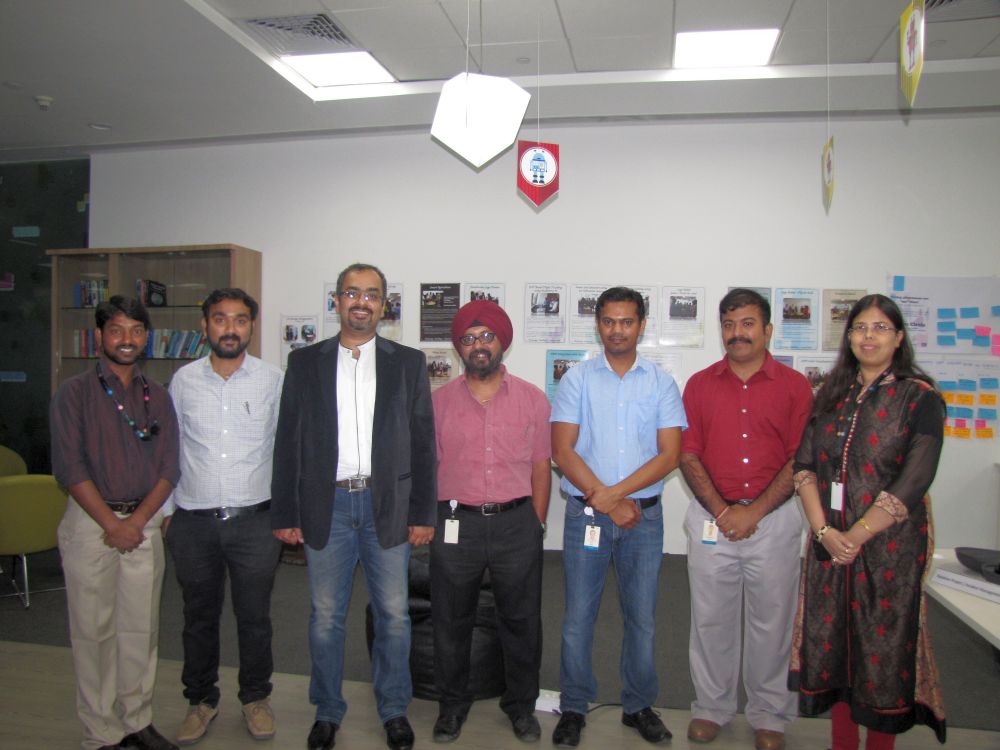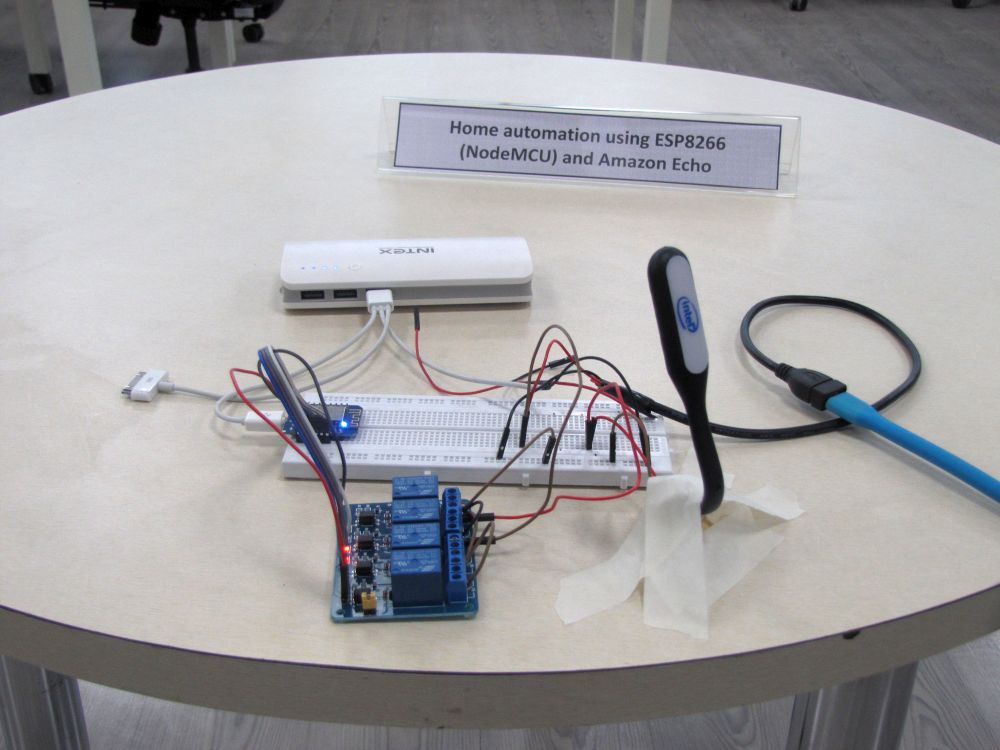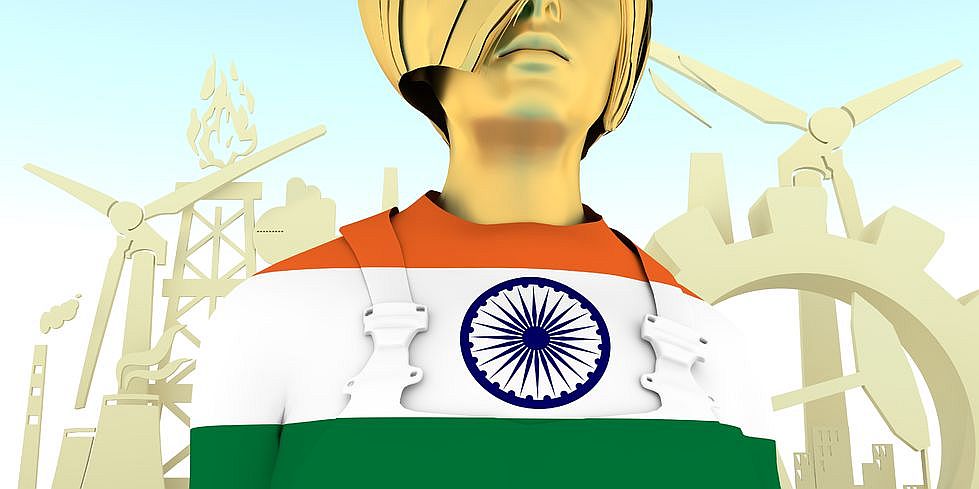For a long time, global companies outsourced work to India, taking advantage of labour arbitrage, English speaking engineers and software talent in the sub-continent. However, that is now changing as other markets such as Vietnam, Sri Lanka and Philippines also have those attributes. So, what is the next thing for the Indian IT industry? Has the well of fortune dried up? Not really. In fact, you’d be surprised to know that many global companies have a sizeable portion of their workforce based in plush offices and glass towers in Hyderabad and Bengaluru. We’ve visited some in the last few months (see coverage elsewhere on this site). MNCs have managers with global portfolios, based in India. Their best engineers are living in India creating IP and products for global consumption. And it’s not just software engineering work, as was the case for many years. But why are they all placing bets on India this time? Let’s take a look at one example to understand this. We recently visited the India Technology Centre (ITC) of CA Technologies in Hyderabad. And here’s what we observed.
CA Technologies (CA) has a 30.5-acre campus in Hyderabad, its largest R&D facility in the world. Yes, it’s even bigger than their facilities in the US. CA also has an R&D centre in Bengaluru with 2,000 employees across both facilities. If you include contract workers, then that number goes to 2,500. About 28% of CA’s worldwide workforce is in India. On the IT side, 80 – 90% of the workforce is based here.
Video: Digital Creed.
“The ITC is a microcosm of CA Technologies. We have all the functions here, from engineering to support to services,” said Tanuj Vohra, Senior Vice President, R&D Centres, CA Technologies, India. “There are 40 product owners in the lab in Hyderabad. Some of them have worldwide accountability for products that are in the Gartner Magic Quadrant. In that sense, we are fairly mature organisation.”
The world has acknowledged Indian engineering talent. But that is not restricted to coding. As Vohra puts it: “Engineering presence is not just engineers. It includes all aspects of engineering — product management, technical architects, and designers.”
CA is taking a big bet on the India Technology Centre, with global product managers based in India. It has 400 engineers just for DevOps. Within DevOps it has a portfolio of offerings called Agile Operations.
CA unveiled a new product at CA World last year called Digital Operational Intelligence (DOI). It provides operational intelligence insights from mobile to mainframe. The product will soon be launched in India. According to Vohra, the entire conceptualisation of that product, the project execution, building the engines, the data sciences – was all done in the ITC at Hyderabad.
CA unveiled a new product at CA World last year called Digital Operational Intelligence (DOI). It provides operational intelligence insights from mobile to mainframe. The entire conceptualisation of that product, the project execution, building the engines, the data sciences – was all done in the ITC at Hyderabad.
Data Sciences & Design
Vohra has big visions for the ITC. He wants to strengthen design and data science capabilities.
“We are working to strengthen our data science capabilities with data scientists, data analysts and researchers. It is about creating a data sciences centralised platform. We have created an instance of a reference architecture that is suitable for CA (on the lines of the Gartner reference architecture). It includes everything from having a common data lake to how we visualise that data in a standard manner, to how we leverage data across components,” said Vohra.
There is also a strong focus on design and UX. In fact, the ITC is keen on conducting Designathons on a quarterly basis.
“We are also focussing on the design capability; from a design thinking standpoint, we have a UX research organisation, with a dozen designers and researchers,” informed Vohra.
Four months ago, the ITC conducted a public Designathon with the theme of AI and machine learning. It invited many companies from the industry and had iterative sessions around this theme. Vohra is enthusiastic about conducting more Designathons. He plans to bring in existing teams with their challenges and conduct three-day workshops, with a goal of giving them personas and the problems.
“Three days later you get outcomes for new designs with some code behind it. That’s a vision of where we want to get locally,” he said.
Data Sciences is also a major focus. Vohra and his team are trying to inculcate the notion of data science into everything they do at the ITC.
“We are trying to ‘cognify’ the entire experience. It has multiple dimensions. It is all about making sure we have the right training engines for our teams to be data sciences savvy,” he said.
The ITC also conducted agile bootcamps to show its maturity with agile and safe (robust engineering practices). It continues to invite people from external companies to witness its maturity with agile.
Internal Accelerator
CA would also like to encourage innovation and entrepreneurship from within. It is also open to working with external start-ups for shared synergies and ideas. We asked Vohra on his plans for incubating projects internally and what comes out of it.

CA Technologies India has an internal accelerator that enables any CA employee to come up with an idea and make a pitch to a core committee. Image: Digital Creed
“There are two parts to it. One, we have an accelerator within CA that we launched two and a half years ago. It is an internal accelerator that enables any CA employee to come up with an idea and make a pitch to a core committee. At any point in time, we have 12 – 16 ideas. If your idea gets accepted, you get moved into a separate organisation under the CTO office. The employee gets Series-A and Series-B funding, a mentor and a timeframe — and we get to understand the business plan and how sustained it is.”
The core committee that oversees these projects evaluates if this is something that gets subsumed within the product groups or if it can stand alone as a full-fledged product. They also consider if it should be spun out.
The first program that graduated out of the accelerator came from CA’s Bangalore centre. It was a project called Jarvis, a data analytics engine. Jarvis can do real-time data analytics and ingestion at scale (it can ingest 6 TB of data in a day).
Vohra informed us that there are currently 16 programs that are part of the accelerator.
The first program that graduated out of the accelerator came from their Bangalore centre. It was a team/project called Jarvis, which is a data analytics engine. Jarvis can do real-time data analytics and ingestion at scale (it can ingest 6 TB of data in a day).
Jarvis is now part of the common software group at CA. It will eventually become part of their data sciences platform. Every CA product is leveraging that as their analytics platform.
CA is open to collaborating with start-ups if there are shared synergies. And there is funding and incubation for this too.
CA Garage

A smart home solution devised in the CA Garage. Image: Digital Creed
The last part of our tour included a visit to the CA Garage. CA allows its employees to work on projects close to their hearts and even funds these projects. Some of the interesting projects we witnessed there were: IoT-based face recognition and detection system; cafeteria seating using PIR sensors; IoT-based flight tracking using Raspberry Pi; a smart home solution enabled by Amazon Echo; IoT light automation; water level detection using an ultrasonic sensor, a Lego robot, smart mirror, smart agriculture and more. It was also interesting to wear a Hololens headset and ‘walk’ around a virtual space to diagnose and troubleshoot system problems (modern software factory). That’s how engineers would troubleshoot in future!
Conclusion
If you’ve read this far, you would now understand that Indian engineers have a lot more to offer than just product engineering. There is ideation, thought leadership, strategy, innovation, design capabilities and data sciences too.
In fact, the entire product lifecycle can happen from the Indian sub-continent. The MNCs have acknowledged this and are making in India for global consumption.
But what about Indian engineers making in India, for India? Call it local innovation to fuel Indian business.
We’ll leave you with that thought because it could be the next chapter written in the Indian IT industry.
RELATED STORY
What exactly is the Modern Software Factory?
RELATED VIDEOS
Innovation at CA Technologies, India
How DevOps helps in rapid and secure application development
Brian was hosted by CA Technologies India at their ITC in Hyderabad.
Text, photos, videos and editing by Brian Pereira.









